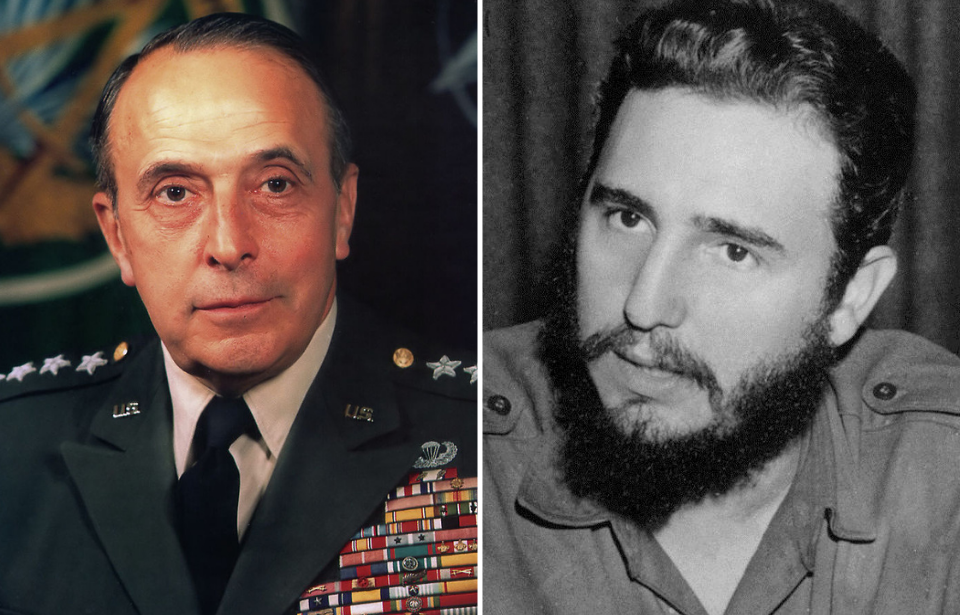The Cold War was unlike any other time in US history. The Soviet Union had become a threat to democracy and the ideals Americans held dear. Mistakes were most certainly made by both sides during this period, one of which was Operation Northwoods, America’s proposed false flag plan.
The Cuba problem
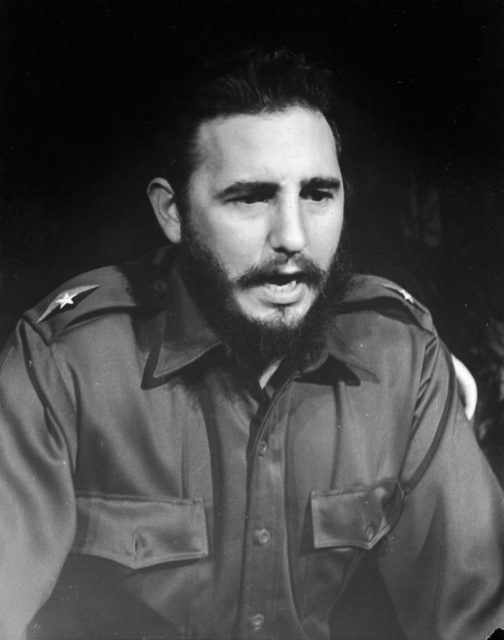
In 1959, Fidel Castro gained control of Cuba. The country had long been a friend to the United States, but that wasn’t likely to continue with Castro and his communist forces in charge. After naming himself prime minister, Castro began to nationalize land held by Americans and confiscated buildings owned by foreign interests. In addition, he encouraged African-Americans to visit Cuba, claiming the country was free of the racial discrimination they faced in the US.
Castro’s burgeoning relationship with the Soviet Union was most worrisome to the US. At the time, America was engaged in a Cold War against Russia, and having an opposing force sitting only 90 miles from the border was extremely worrisome.
The US changed strategy after the Bay of Pigs disaster
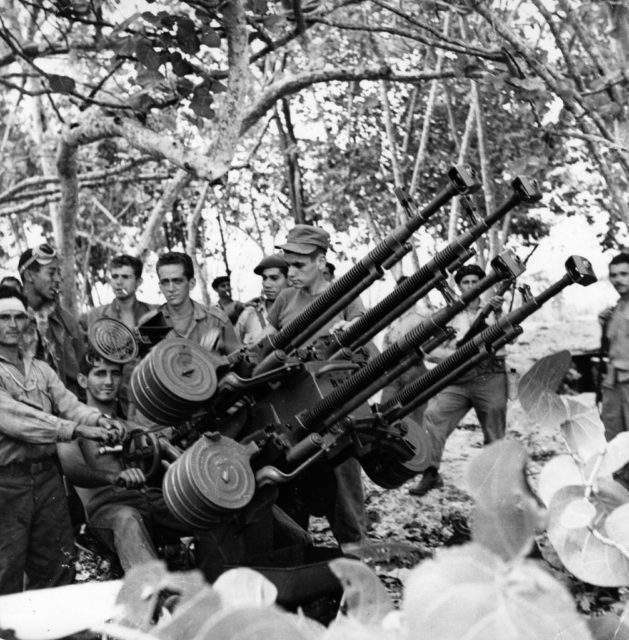
From April 17-20, 1961, a group of Cuban exiles known as Brigade 2506 stormed Cuba’s shore in an attempt to overtake Castro’s regime. They didn’t act alone. The exiles had been recruited, funded and trained by the Central Intelligence Agency (CIA).
Two days prior the invasion, aircraft from the US had bombed Cuban airfields. While Brigade 2506 were initial successful, they were soon repelled by Cuban militias. Once the international community learned of the invasion, US President John F. Kennedy canceled any further air support. The operation was seen as a massive failure for US foreign policy efforts and also served to deepen the ties between Cuba and the USSR.
Back to the drawing board
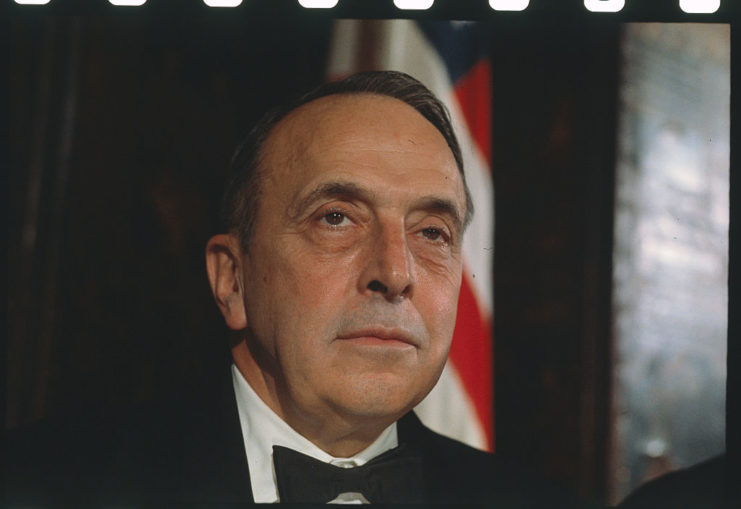
After the disaster at the Bay of Pigs, the US went back to the drawing board. The world was now knew about of their Cuban interests, so officials would have to be much more subtle. A plan was devised by then-Chairman of the Joint Chiefs of Staff Gen. Lyman L. Lemnitzer.
Lemnitzer’s plan was quite daring and included a number of false flag operations meant to paint Cuba as the aggressor. This included hijackings and bombings committed by CIA operatives that would later be blamed on the Cubans. Other proposed actions included the assassination of Cuban immigrants, violence against civilian and US military targets, and the sinking of boats carrying Cuban refugees.
An outline of the proposal read:
“The desired result from the execution of this plan would be to place the United States in the apparent position of suffering defensible grievances from a rash and irresponsible government of Cuba and to develop an international image of a Cuban threat to peace in the Western Hemisphere.”
President John F. Kennedy wasn’t interested
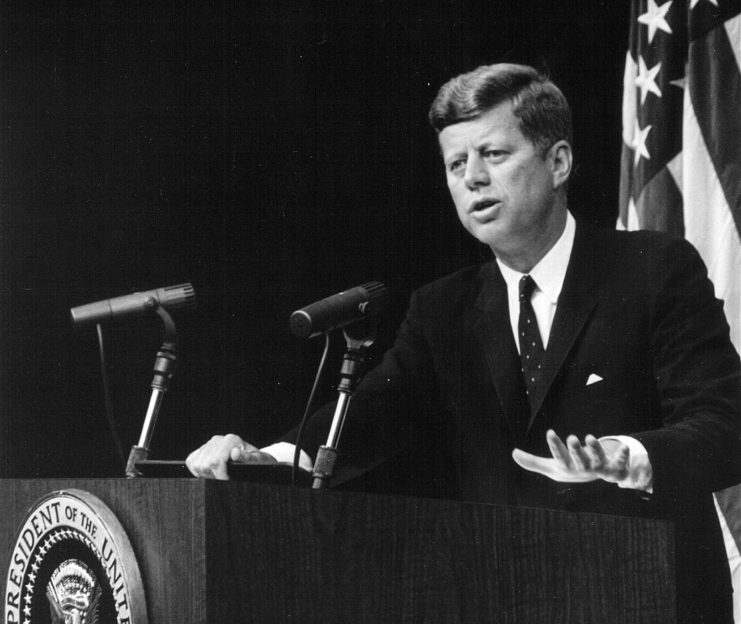
Lemnitzer presented his plan to the Joint Chiefs of Staff, which teamed up with the Department of Defense to draft a memorandum to present to Secretary of Defense Robert McNamara. Following this, the idea was pitched to Kennedy. The president was not impressed with the plan. Following the presentation, he removed Lemnitzer from his position as chairman of the Joint Chiefs of Staff.
There were consequences for Kennedy’s refusal to go along with the plan. Members of the US military were particularly upset, as they believed the president had gone soft on both Cuba and the Red Scare. This, along with his actions during the Cuban Missile Crisis, caused him to lose popularity within with Armed Forces.
Operation Northwoods was later revealed to the public
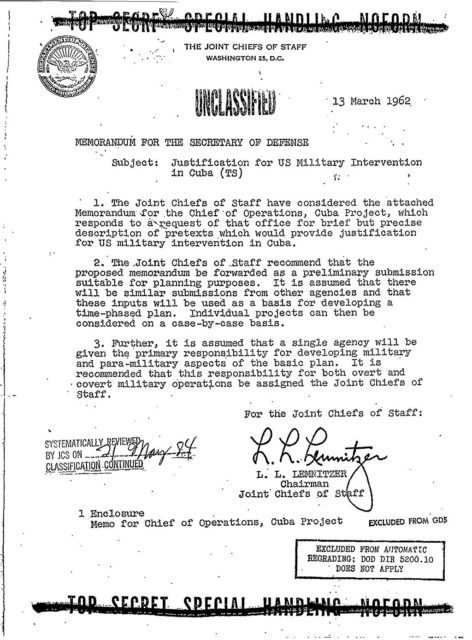
In 1992, the US Congress passed the President John F. Kennedy Assassination Records Collection Act, making documents associated with Kennedy’s presidency available. Operation Northwoods, however, didn’t fully become public knowledge until 2001 with the release James Bamford’s book, Body of Secrets: Anatomy of the Ultra-Secret National Security Agency from the Cold War Through the Dawn of a New Century.
New! Want to become a trivia master? Sign up for our War History Fact of the Day newsletter!
More from us: Atomic Annie: The Cold War-Era Cannon Capable of Firing a Nuclear Warhead
The Cubans, unsurprisingly, were upset by the revelations. The National Assembly of People’s Power put out a statement strongly condemning the report. Of course, since no direct action was ever taken, it was simply a capture of a moment in time.
